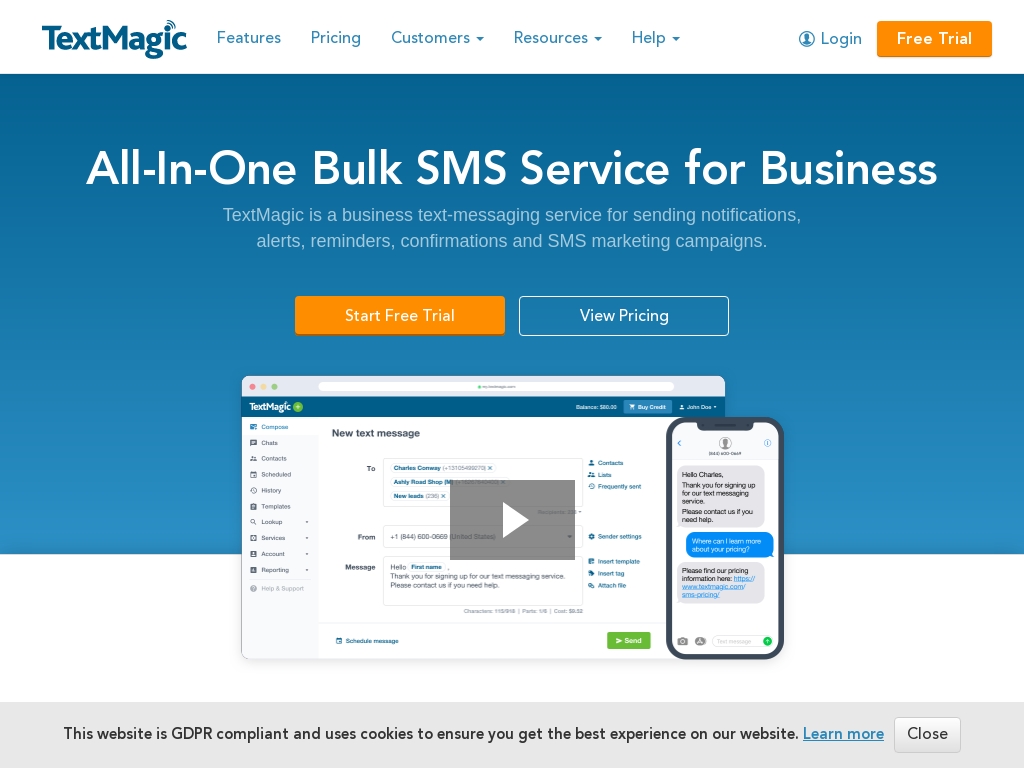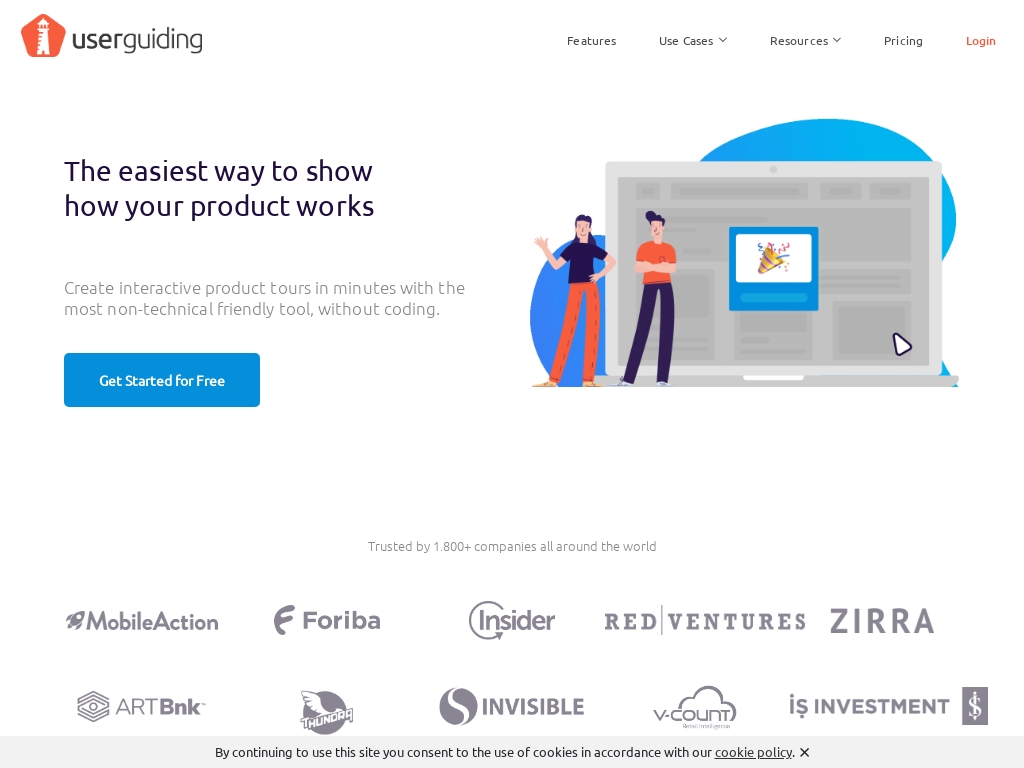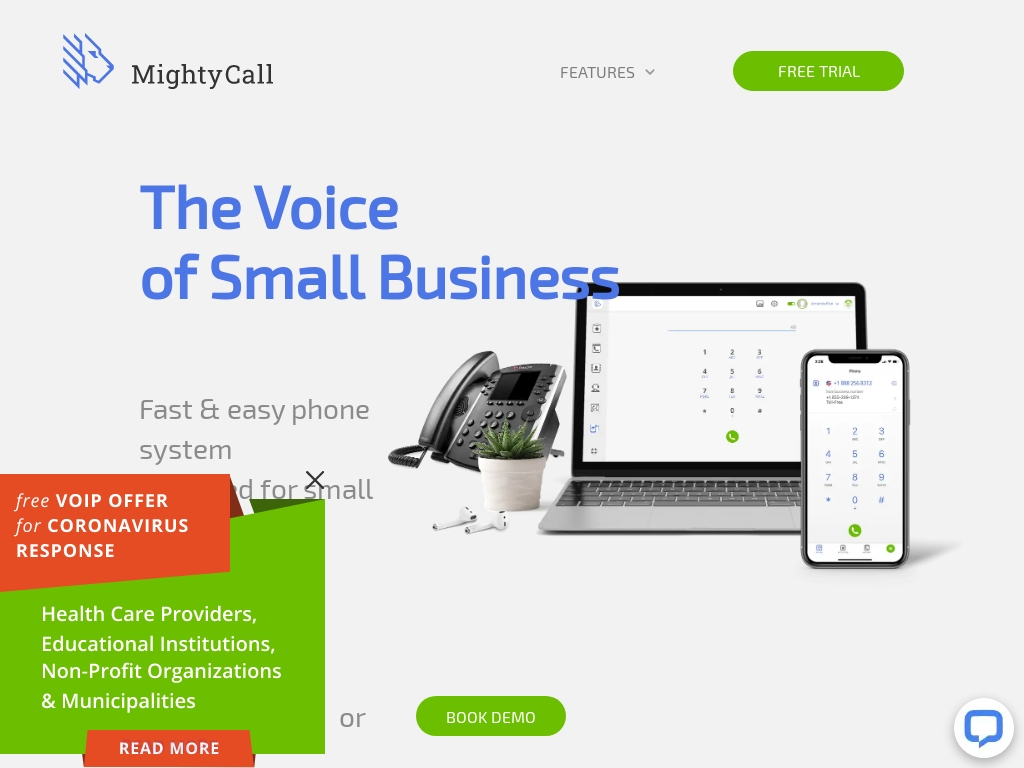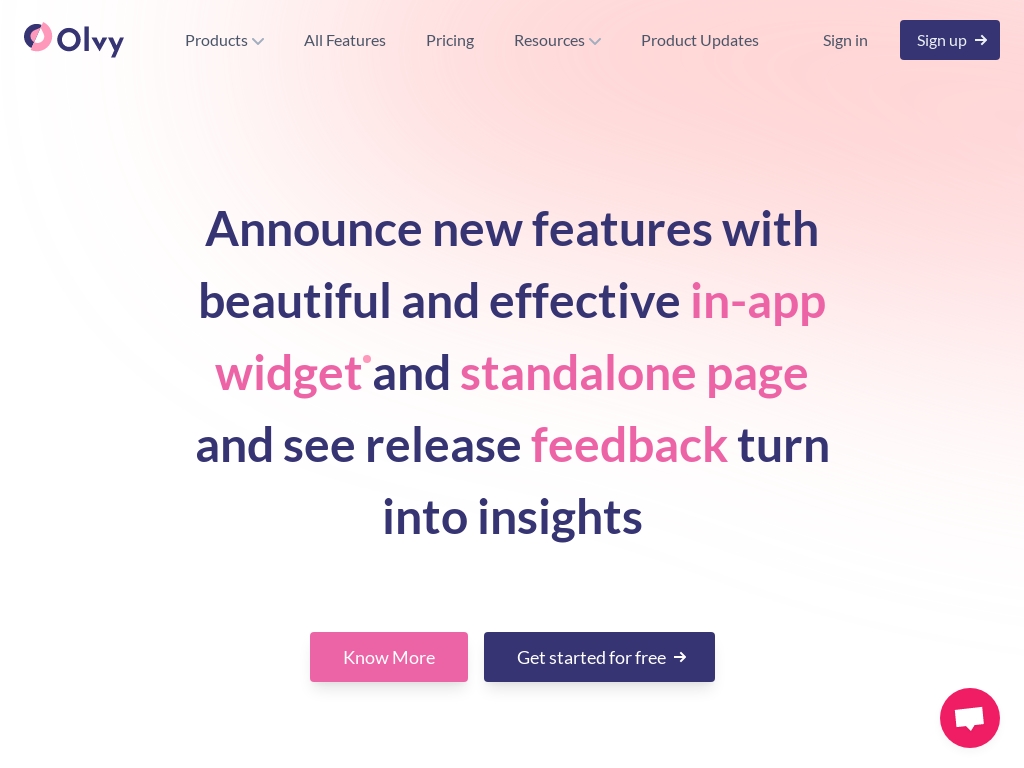
How OpenPhone's Scrappy Tactics Attracted 100k Customers and Redefined Business Phones
Who is Daryna Kulya?
Daryna Kulya, co-founder of OpenPhone, is originally from Ukraine and moved to Canada for university after spending her last high school year in the U.S. on an exchange program. With a background in product management at a tech company, she leveraged her experience and passion for design and UX to help create OpenPhone, working alongside her co-founder and now husband, Mahir.

Daryna Kulya, co-founder of OpenPhone
What problem does OpenPhone solve?
OpenPhone solves the problem of small businesses using personal phone numbers for work, which leads to a lack of work-life balance and complicates business communication. By offering a straightforward, app-based business phone system, OpenPhone allows business owners and their teams to easily separate personal and professional communication, ensuring privacy, and fostering efficient collaboration without the hassle of traditional phone systems.
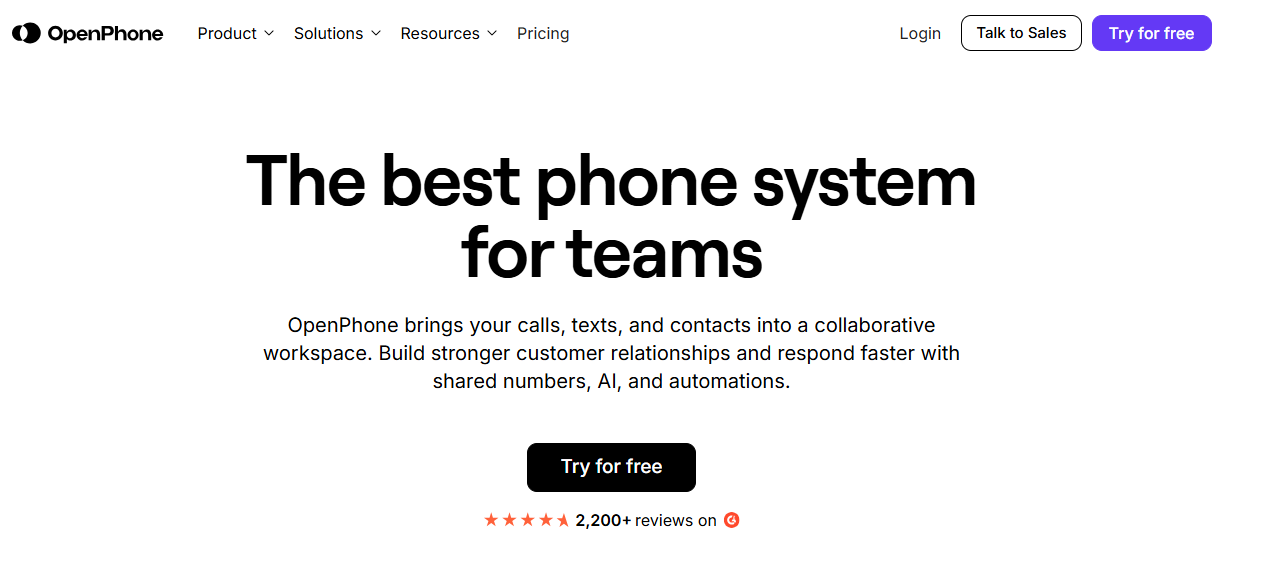
OpenPhone Homepage
How did Daryna come up with the idea for OpenPhone?
In 2017, the idea for OpenPhone was sparked by a personal frustration with expensive phone bills and clunky phone systems. The co-founder, aiming to cut costs, decided to port their traditional phone number to a cheaper, virtual phone service. The experience highlighted the potential for a more user-friendly and efficient business phone application. As engineers and product enthusiasts, they saw the lack of intuitive design as an opportunity.
The early product focus was clear: creating an easy-to-use phone system for small businesses that need a professional phone presence but have limited resources. They validated the need by engaging directly with small business owners through Facebook groups and Reddit, learning through conversations about existing pain points and the limitations of current solutions. This grassroots approach not only helped gather valuable feedback but also allowed them to refine the product in real-time based on actual user needs.
Facing the challenge of limited funds, OpenPhone began scrappy and relied on word-of-mouth and direct customer engagement to grow. This experience taught them the importance of being agile and responsive to user feedback and ingrained a culture of prioritizing customer service and experience, which has remained a core value as they continue to expand.
How did Daryna Kulya build the initial version of OpenPhone?
In the early stages of OpenPhone, the product development journey was marked by a scrappy and resourceful approach. Initially, the founders focused on creating a mobile app that could seamlessly provide users with a business phone number, overlaying their existing devices. This was achieved through a tech stack that involved VoIP technology to facilitate internet-based calls, initially leveraging a data-only SIM card combined with a virtual phone solution. The very first prototype, built for personal use, quickly demonstrated potential for a broader market, leading to further iterations and improvements based on customer feedback.
The development phase was challenging, primarily driven by constraints on resources and funding, which forced the team to be highly innovative in their approach. Significant enhancements, such as building the first version of a team-based product, were introduced, which allowed users to collaborate on calls and messages within teams. The journey from idea to initial product took about six months, a testament to the founders' determination and tactical skill in handling obstacles without relying on traditional funding avenues early on. Constraints, rather than hindering progress, fostered a creative environment, ultimately crafting a product that resonated well with their target users.
What was the growth strategy for OpenPhone and how did they scale?
Facebook Groups
In the early days, OpenPhone used Facebook groups to find its first set of customers. Darina Kulya joined over 60 different groups focused on various business interests, from real estate to small business entrepreneurship. She engaged in discussions, initially learning what different communities talked about and where business phone problems were discussed. Rather than directly promoting OpenPhone, she actively participated and initiated conversations around the challenges businesses face using personal numbers for work.
Why it worked: By focusing on understanding and engaging with community discussions about existing problems, rather than pushing a direct sales pitch, OpenPhone was able to naturally introduce their solution. This approach cultivated genuine interest and feedback, helping refine their product while building early user trust.
After using Facebook groups, OpenPhone turned to Reddit. Recognizing the platform's potential, they engaged in relevant subreddits. They provided insightful anecdotes about their journey and solicited input on business phone solutions. The goal was to discuss user problems and learn from potential customers without appearing as overt marketers.
Why it worked: Reddit's community-driven nature means users appreciate authenticity and value-rich discussions. OpenPhone’s approach of sharing their story and actively seeking Redditors’ opinions allowed them to tap into communities naturally inclined to help and engage in meaningful discourse. This led to early traction and a deeper understanding of their target market's needs.
Content Marketing and SEO
By 2020, OpenPhone increased focus on content marketing and SEO, realizing its potential for long-term customer acquisition. They crafted blog posts with specific long-tail keywords related to business phone systems and solutions, aiming to capture search traffic with high intent for solutions OpenPhone provides.
Why it worked: By targeting specific search terms that reflected the pain points they were addressing, OpenPhone managed to tap into a pool of potential customers actively seeking a reliable phone solution. Thorough and relevant content not only drew traffic but established OpenPhone as a credible source in its niche. Over time, this strategic content positioning helped bolster their domain authority and expand customer reach effectively.
Exceptional Customer Support
Exceptional customer service became a cornerstone of OpenPhone’s growth strategy—every new user received a personal welcome message from Darina, encouraging direct communication for any support needed. This responsiveness and the relationship-centered approach paved the way for cultivating strong word-of-mouth promotion.
Why it worked: Small businesses and entrepreneurs value personal service, particularly when adopting new solutions. OpenPhone’s focus on immediately addressing customer concerns and maintaining personal communication lines helped build strong, positive experiences that customers were willing to share. This laid the foundation for sustainable word-of-mouth growth as satisfied users naturally recommended the service to peers.
What's the pricing strategy for OpenPhone?
OpenPhone offers pricing starting at $13 per user per month for their Standard plan, with a premium Pro plan at $20 per user monthly, catering mainly to startups and small businesses seeking cost-effective, modern communication solutions.
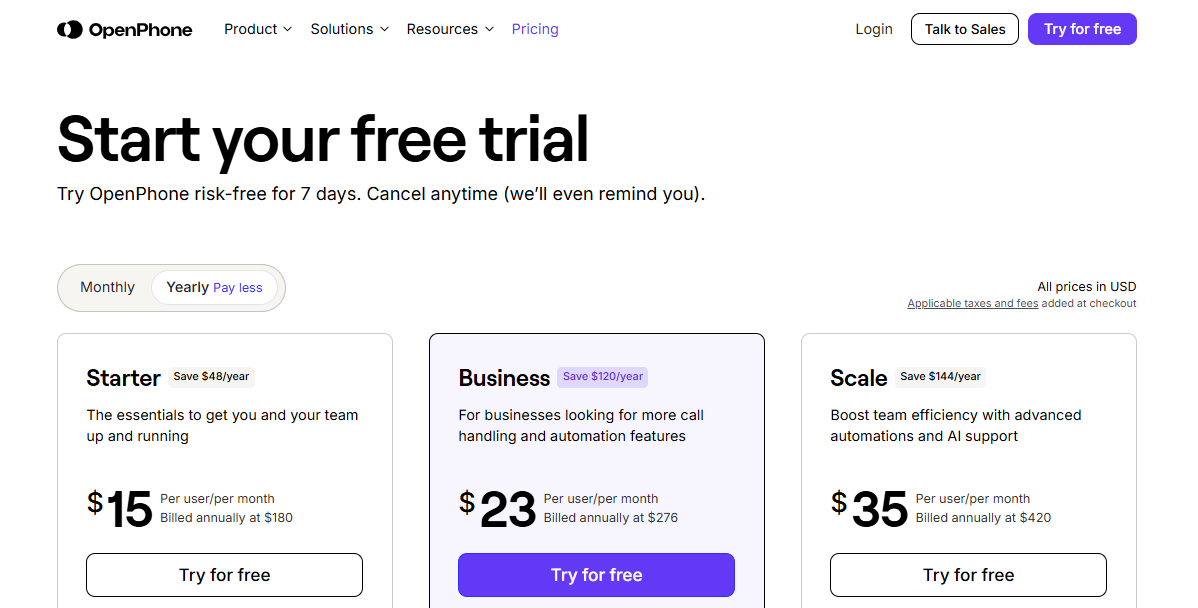
OpenPhone Pricing
What were the biggest lessons learned from building OpenPhone?
- Scrap and Innovate: OpenPhone's early days were marked by limited resources, which pushed the team to find creative, low-cost customer acquisition strategies, like joining Facebook groups and subreddits. Learning to innovate under constraints can lead to unexpected and fruitful opportunities.
- Engage Authentically: Instead of using traditional pitches, OpenPhone founders engaged in genuine conversations about customer pain points. This approach yielded better results than direct selling, highlighting the importance of listening and contributing value in communication.
- Iterate on Customer Feedback: The feedback from early users helped OpenPhone refine its offering and define its ideal customer. Constantly soliciting and synthesizing user feedback can guide product development and uncover new growth avenues.
- Embrace Complexity Over Simplicity: Early reluctance to charge customers was overcome by embracing the notion that simple, dedicated solutions often outperform more complex ones. Offering a free trial helped OpenPhone gain customer trust and iterate towards a compelling product offering.
- Customer-Led Growth: As OpenPhone expanded, following their existing customers' needs allowed them to move upmarket organically. Letting existing loyal customers guide product and market expansion can create natural pathways to higher-value segments.
Discover Similar Business Ideas Like OpenPhone
|
|
Idea
|
Revenue
|
|---|---|---|
|
Fastmail
|
Privacy-focused email hosting for discerning users.
|
$500K
monthly
|
|
TextMagic
|
SMS marketing platform for businesses worldwide.
|
$1.2M
monthly
|
|
UserGuiding
|
"Code-free onboarding tours for web apps."
|
$200K
monthly
|
|
Wolfpack Digital
|
Award-winning Romanian app development agency for startups.
|
$350K
monthly
|
|
MightyCall
|
VoIP phone service for small businesses.
|
$195K
monthly
|
|
Olvy
|
Release notes tool with built-in feedback insights.
|
$100
monthly
|
|
Helpkit
|
"Turns Notion pages into a robust knowledge base."
|
$4.5K
monthly
|
More about OpenPhone:
Who is the owner of OpenPhone?
Daryna Kulya is the founder of OpenPhone.
When did Daryna Kulya start OpenPhone?
2017
What is Daryna Kulya's net worth?
Daryna Kulya's business makes an average of $650K/month.
How much money has Daryna Kulya made from OpenPhone?
Daryna Kulya started the business in 2017, and currently makes an average of $7.8M/year.
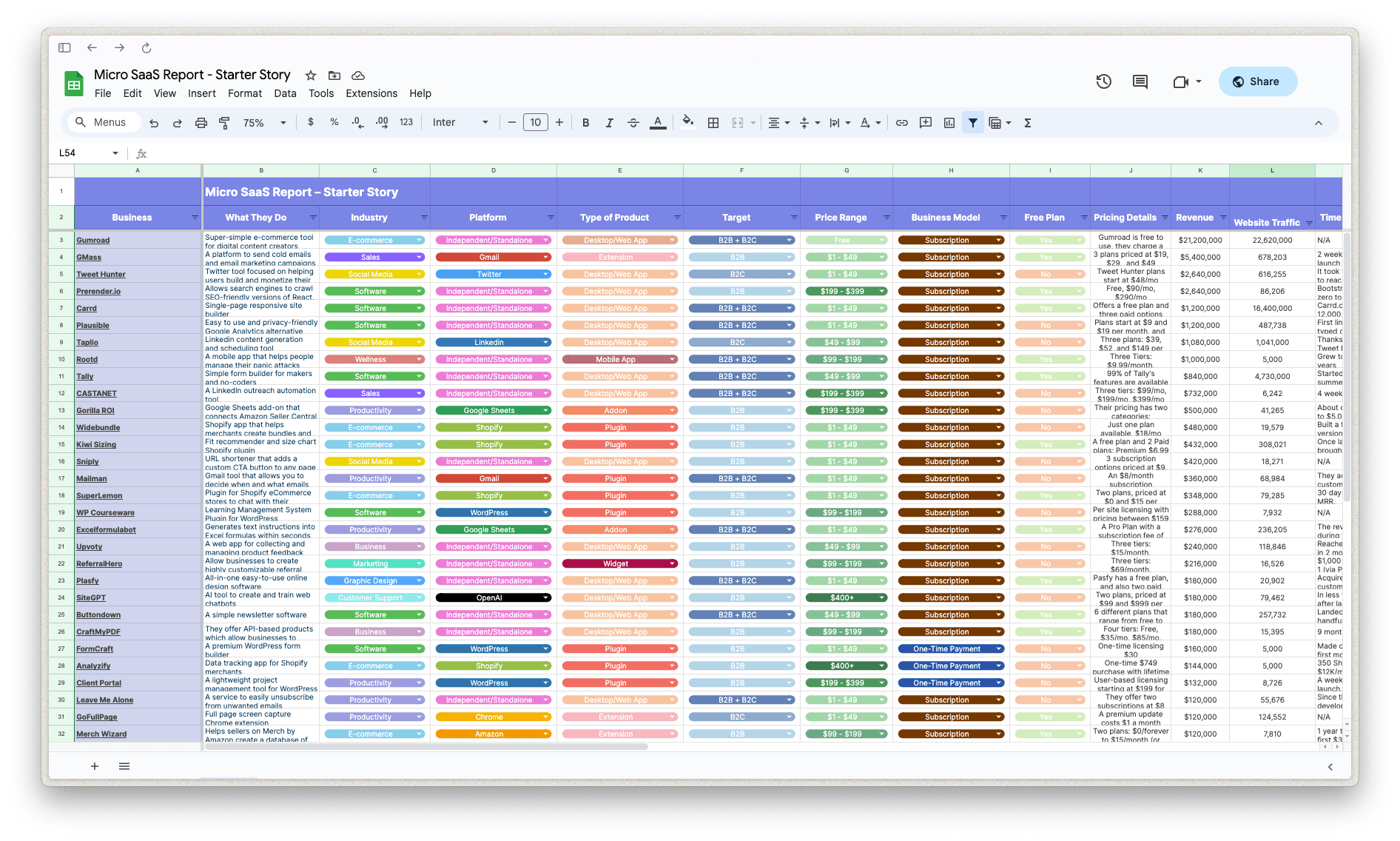
Download the report and join our email newsletter packed with business ideas and money-making opportunities, backed by real-life case studies.

Download the report and join our email newsletter packed with business ideas and money-making opportunities, backed by real-life case studies.

Download the report and join our email newsletter packed with business ideas and money-making opportunities, backed by real-life case studies.

Download the report and join our email newsletter packed with business ideas and money-making opportunities, backed by real-life case studies.

Download the report and join our email newsletter packed with business ideas and money-making opportunities, backed by real-life case studies.

Download the report and join our email newsletter packed with business ideas and money-making opportunities, backed by real-life case studies.

Download the report and join our email newsletter packed with business ideas and money-making opportunities, backed by real-life case studies.

Download the report and join our email newsletter packed with business ideas and money-making opportunities, backed by real-life case studies.

